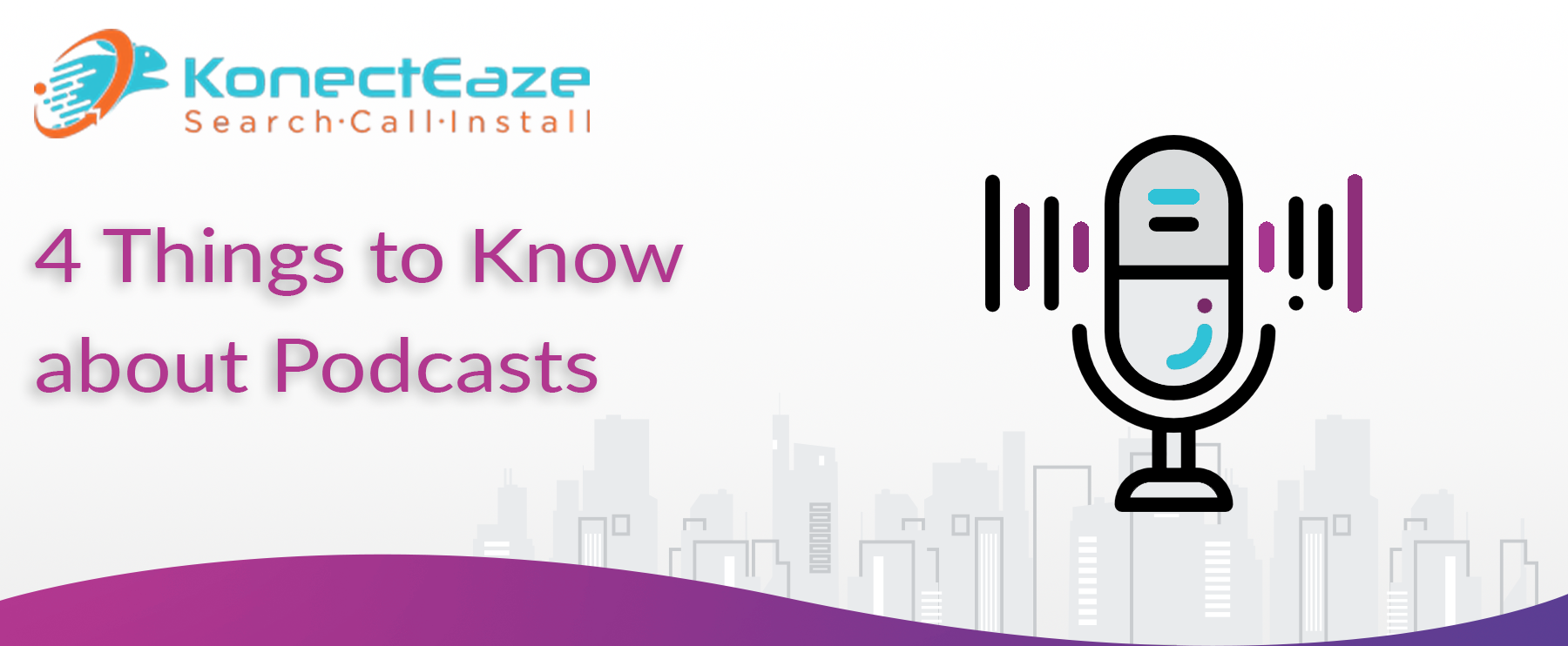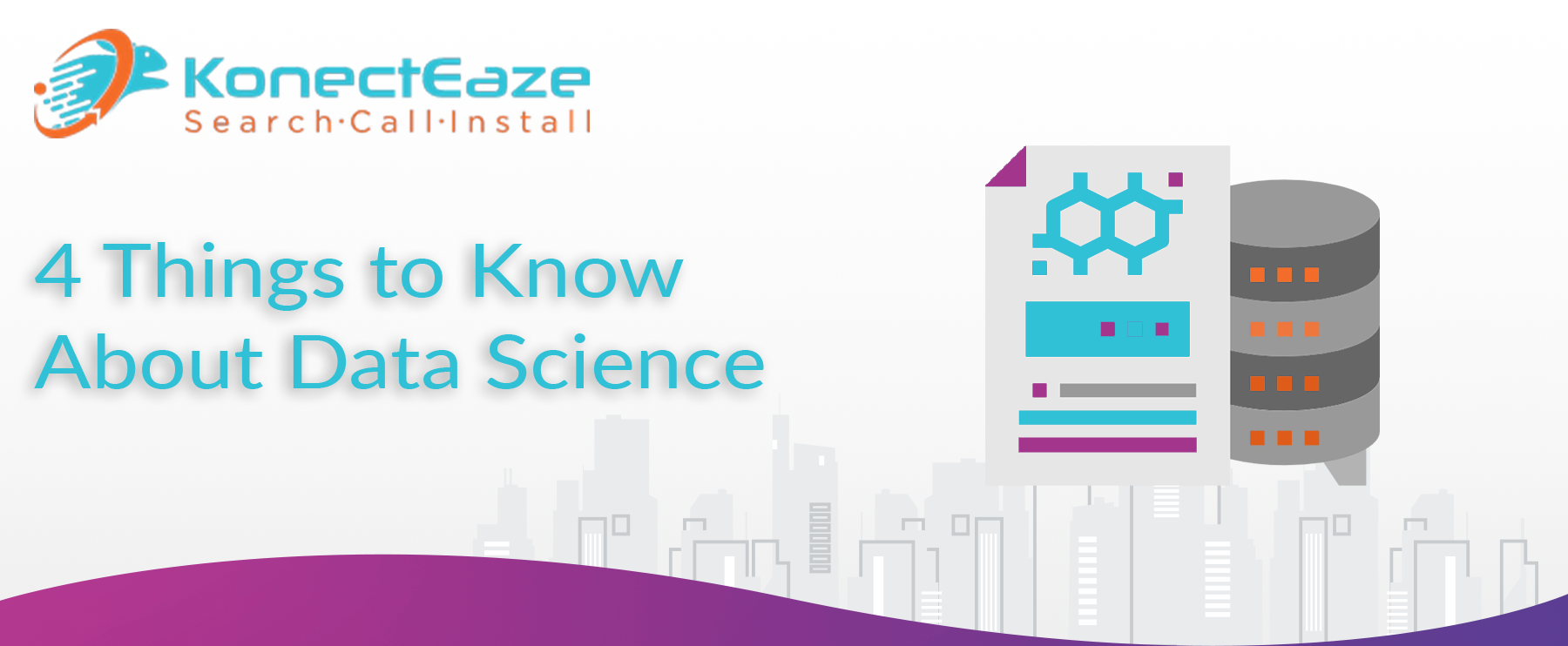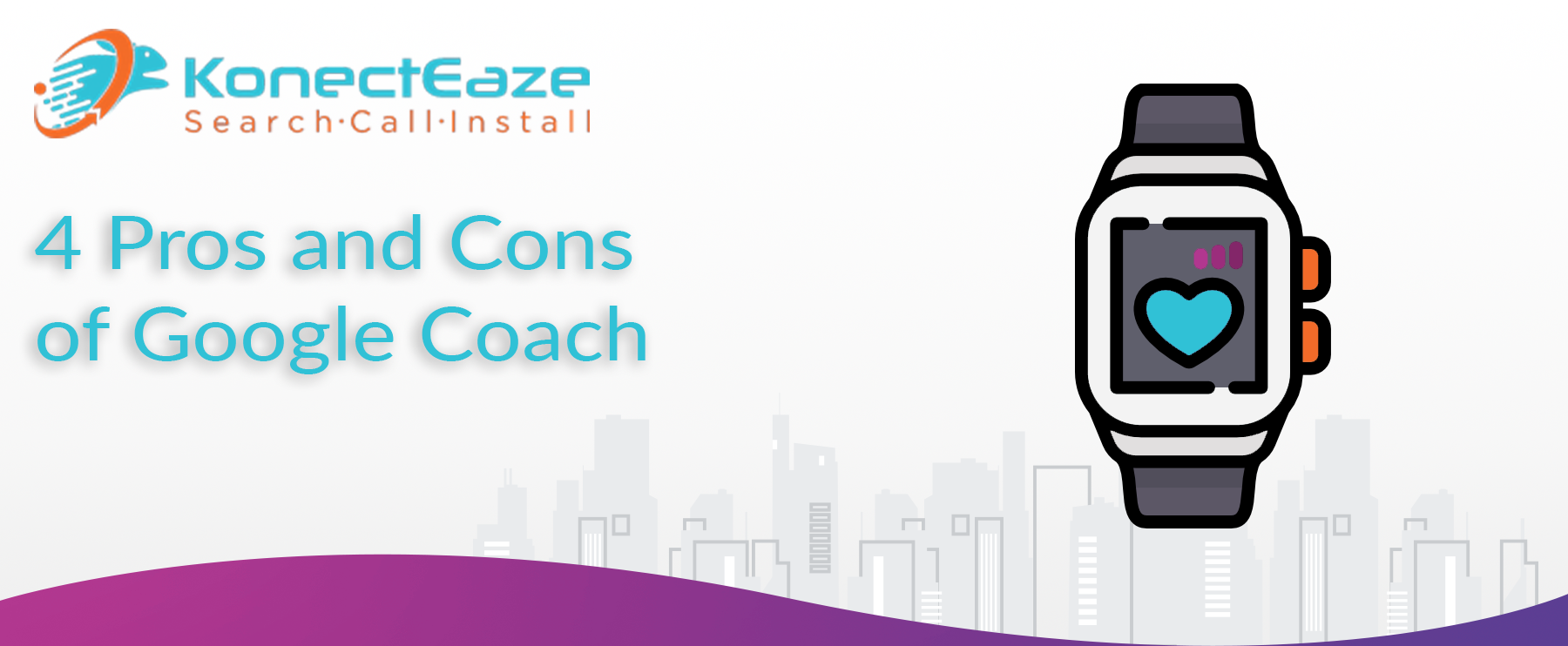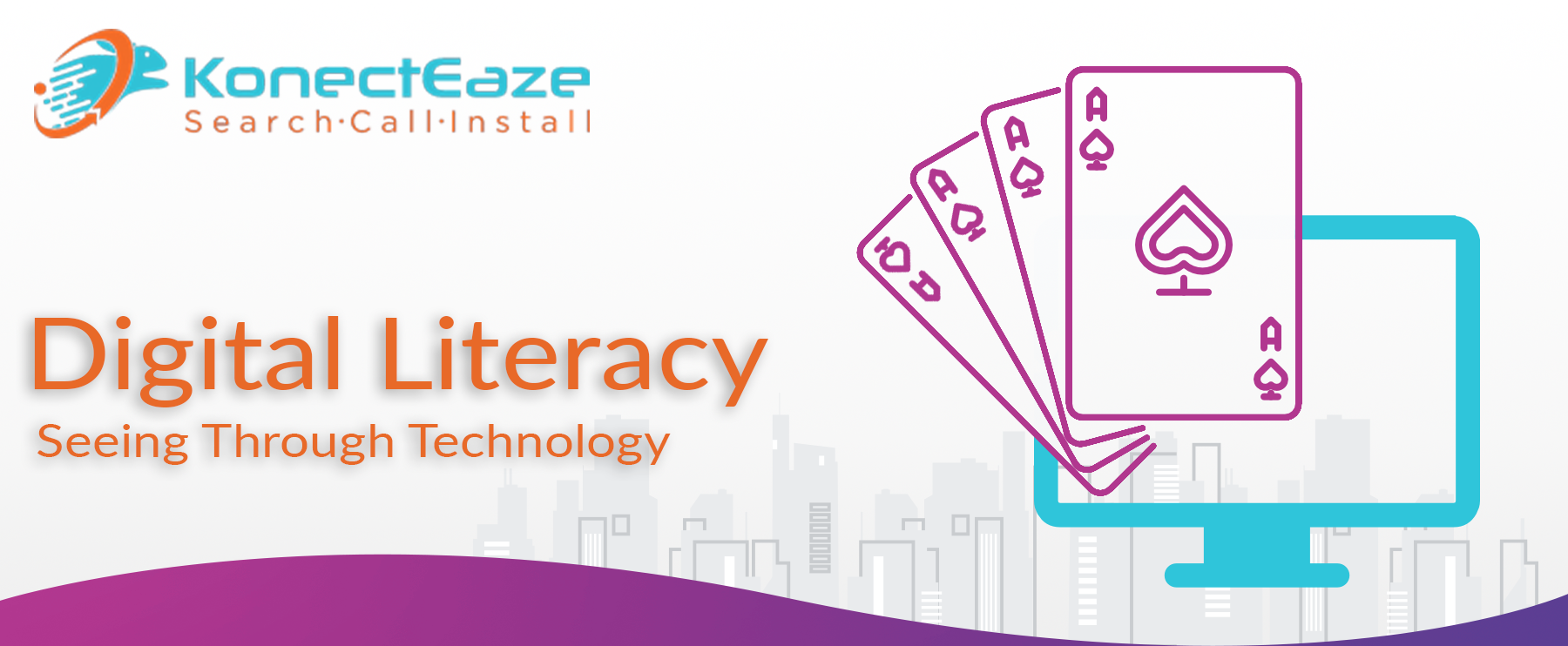The internet is full of information that’s fighting for your attention. The simplest ways to put your own content out there is to create your own podcast.
20 December, 2024 | Posted by:
Category: Business Internet, Entertainment, Technology, Tips | No Comments

Podcasts have become a significant medium for content delivery, offering unique opportunities for both creators and listeners. Here are four essential things to know about podcasts in 2024:
Podcasts have seen exponential growth in the past few years. With an increasing number of people consuming content on the go, podcasts offer a convenient way to stay informed and entertained. Platforms like Spotify, Apple Podcasts, and Google Podcasts have made it easier than ever to access a wide range of content, from educational series to entertainment shows.
Podcasting has evolved into a lucrative industry. Many businesses are now leveraging podcasts as a marketing tool to reach their target audience. For companies, starting a podcast can enhance brand visibility, build customer relationships, and establish authority in their niche. Business-focused podcasts often feature interviews with industry experts, providing valuable insights and networking opportunities.
The success of a podcast largely depends on its content. It's crucial to choose topics that resonate with the target audience and provide value. Whether it's through storytelling, interviews, or educational content, engaging and high-quality content will attract and retain listeners. Regularly updating episodes and maintaining a consistent schedule also plays a vital role in building a loyal audience base.
Creating a podcast involves several technical aspects, from recording and editing to publishing and promoting. High-quality audio equipment, sound editing software, and a good hosting platform are essential. Additionally, understanding SEO and how to promote podcasts across various platforms can significantly increase visibility and listener engagement.
Podcasts offer a unique blend of accessibility, engagement, and value. As the medium continues to grow, understanding its dynamics and leveraging its potential can provide significant benefits for both individuals and businesses.
Who hasn’t seen the latest Avenger’s Film? After ten years, Marvel’s Cinematic Universe is getting a shakeup. But Marvel is missing a few superheroes still.
14 November, 2024 | Posted by:
Category: Apps, Business Internet, Entertainment, News, Technology, TV | No Comments

The Marvel Cinematic Universe (MCU) has brought numerous beloved characters to the big screen. However, there are still a few iconic heroes that fans are eager to see join the MCU. Here are three heroes that are notably missing and why their inclusion would be significant.
Nova, also known as Richard Rider, is a fan-favorite character in the Marvel comics. As a member of the Nova Corps, he possesses immense strength, speed, and the ability to fly, thanks to his connection to the Nova Force. His inclusion in the MCU could expand the cosmic side of the universe, building on the foundation laid by the Guardians of the Galaxy and Captain Marvel.
Potential Impact:
Beta Ray Bill, a character introduced in Thor comics, is another hero fans are eager to see in the MCU. He is a Korbinite who becomes worthy of wielding Mjolnir, Thor's hammer, and is later granted his own weapon, Stormbreaker. His character would add an interesting dynamic to the Thor storyline and expand the Asgardian lore.
Potential Impact:
Jennifer Walters, also known as She-Hulk, is Bruce Banner's cousin who gains similar powers after receiving a blood transfusion from him. She-Hulk is not only a powerful superhero but also a successful lawyer, which adds an interesting legal drama element to her stories. Her inclusion in the MCU would bring a new dynamic to the Hulk narrative and offer fresh storylines.
Potential Impact:
The inclusion of Nova, Beta Ray Bill, and She-Hulk in the MCU would significantly enrich the universe by adding new dimensions to the storytelling and exploring uncharted territories within the Marvel lore. Fans eagerly await the introduction of these heroes, hoping to see their favorite characters come to life on the big screen.
Data science is a growing field with rich opportunity. But what is it? And how can it be applied to nearly eveyr industry?
14 November, 2024 | Posted by:
Category: Business Internet, News, Streaming, Technology, Tips | No Comments

Data science continues to evolve, offering new insights and driving innovation across various industries. As we move further into 2024, here are four key aspects of data science that you should be aware of:
Automated Machine Learning (AutoML) is revolutionizing the data science field by simplifying the process of building machine learning models. AutoML tools enable even those with limited data science expertise to develop sophisticated models, making data science more accessible. Companies are increasingly adopting AutoML solutions to accelerate their analytics and decision-making processes.
As the use of AI and machine learning grows, so does the importance of ethical considerations. Data scientists are now more focused on ensuring that AI systems are fair, transparent, and accountable. This involves addressing biases in data, ensuring privacy, and creating models that can be easily explained. Ethical AI is becoming a cornerstone of responsible data science practices.
Personalization is a significant trend in various sectors, from e-commerce to healthcare. Data science plays a crucial role in analyzing customer data to provide personalized experiences. Advanced algorithms and machine learning models help businesses tailor their products, services, and marketing strategies to meet individual needs, enhancing customer satisfaction and loyalty.
The Internet of Things (IoT) is generating massive amounts of data, and data science is essential in making sense of this information. By analyzing IoT data, businesses can optimize operations, improve predictive maintenance, and create new revenue streams. The synergy between data science and IoT is driving significant advancements in smart cities, healthcare, and industrial applications.
Data science is a dynamic and rapidly evolving field that continues to shape the future of technology and business. The growth of AutoML, the emphasis on ethical AI, the role in personalization, and the integration with IoT are just a few of the key trends to watch in 2024. Staying informed about these developments is crucial for leveraging data science effectively.
Google is already working on a grammar checker for their Google Docs, and displaying data in all their searches. Now Google is rolling out Google Coach.
14 November, 2024 | Posted by:
Category: Apps, Business Internet, News, Reviews, Technology, Tips | No Comments

Google Coach, Google's virtual health and wellness assistant, has garnered attention for its comprehensive approach to fitness and health tracking. As with any technology, it has its strengths and weaknesses. Here’s an updated analysis for 2024:
Google Coach utilizes AI and machine learning to provide personalized fitness and health recommendations. It analyzes your activity patterns, dietary habits, and health goals to offer tailored suggestions, making it easier to stay on track with your wellness journey.
Google Coach integrates seamlessly with other Google services and devices, such as Google Fit, Wear OS, and Android smartphones. This integration ensures a cohesive user experience, allowing you to track your fitness data across multiple platforms without any hassle.
Beyond just fitness, Google Coach offers a comprehensive approach to health. It monitors your sleep patterns, nutrition, and stress levels, providing insights and recommendations to improve your overall well-being. This holistic approach helps users maintain a balanced lifestyle.
One of the standout features of Google Coach is its ability to provide motivational support. It sends reminders, encouragement, and actionable tips to keep you motivated and engaged with your health goals. This constant support can be a significant factor in maintaining long-term health habits.
With any health-related technology, privacy is a major concern. Google Coach collects a vast amount of personal health data, raising questions about how this data is stored, used, and protected. Users need to be aware of the privacy policies and ensure their data is secure.
Relying heavily on a digital assistant for health and fitness guidance can create a dependency on technology. This might lead users to overlook the importance of human interaction and professional medical advice. It's essential to balance technology use with real-world support.
While Google Coach is integrated into the Google ecosystem, it might not be as accessible to users who don't use Google products. Those who prefer other ecosystems, such as Apple's, may find it challenging to fully utilize Google Coach's features.
With constant notifications and reminders, there is a risk of information overload. Users might feel overwhelmed by the sheer volume of advice and prompts, which could lead to disengagement. Finding a balance between helpful reminders and overload is crucial for user retention.
Google Coach offers a promising blend of personalized health recommendations, seamless integration, and motivational support. However, privacy concerns, dependency on technology, limited accessibility, and the potential for overload are important considerations. As Google continues to refine and enhance this service, it will be interesting to see how these pros and cons evolve.
Digital technology is an amazing thing, but not without its dangers. To protect ourselves, we need to learn digital literacy.
16 November, 2024 | Posted by:
Category: Business Internet, News, Reviews, Service Providers, Technology | No Comments

Digital technology is a fantastic tool, but it comes with risks. To navigate these effectively, digital literacy is essential.
Digital literacy involves understanding how to use technology responsibly and safely. It helps individuals recognize scams, false information, and the overall impact of their digital footprint. Programs like Facebook’s Digital Literacy Library and Cyber Civics are excellent starting points for learning digital literacy skills.
Online scams come in many forms, from phishing emails to misleading advertisements. Learning to identify these is crucial.
Everything we do online leaves a trail. Being aware of your digital footprint helps protect your privacy and personal information.
Not all information online is credible. Learning to discern the quality and reliability of sources is vital. The CRAP test (Credibility, Relevance, Accuracy, Purpose) is a useful tool for evaluating information.
Cyber Civics, developed by Diana Graber, is a comprehensive digital literacy curriculum for middle school students. It covers digital citizenship, cyberbullying, sexting, online research, and the CRAP test. The program is designed to help students navigate the digital world responsibly and safely.
Digital literacy is essential for anyone who uses the internet. It helps protect against scams, ensures responsible use of technology, and fosters critical thinking about online information. Programs like Cyber Civics provide valuable education in this area, helping individuals become more informed and safer digital citizens.